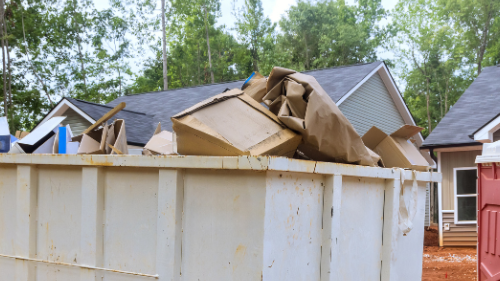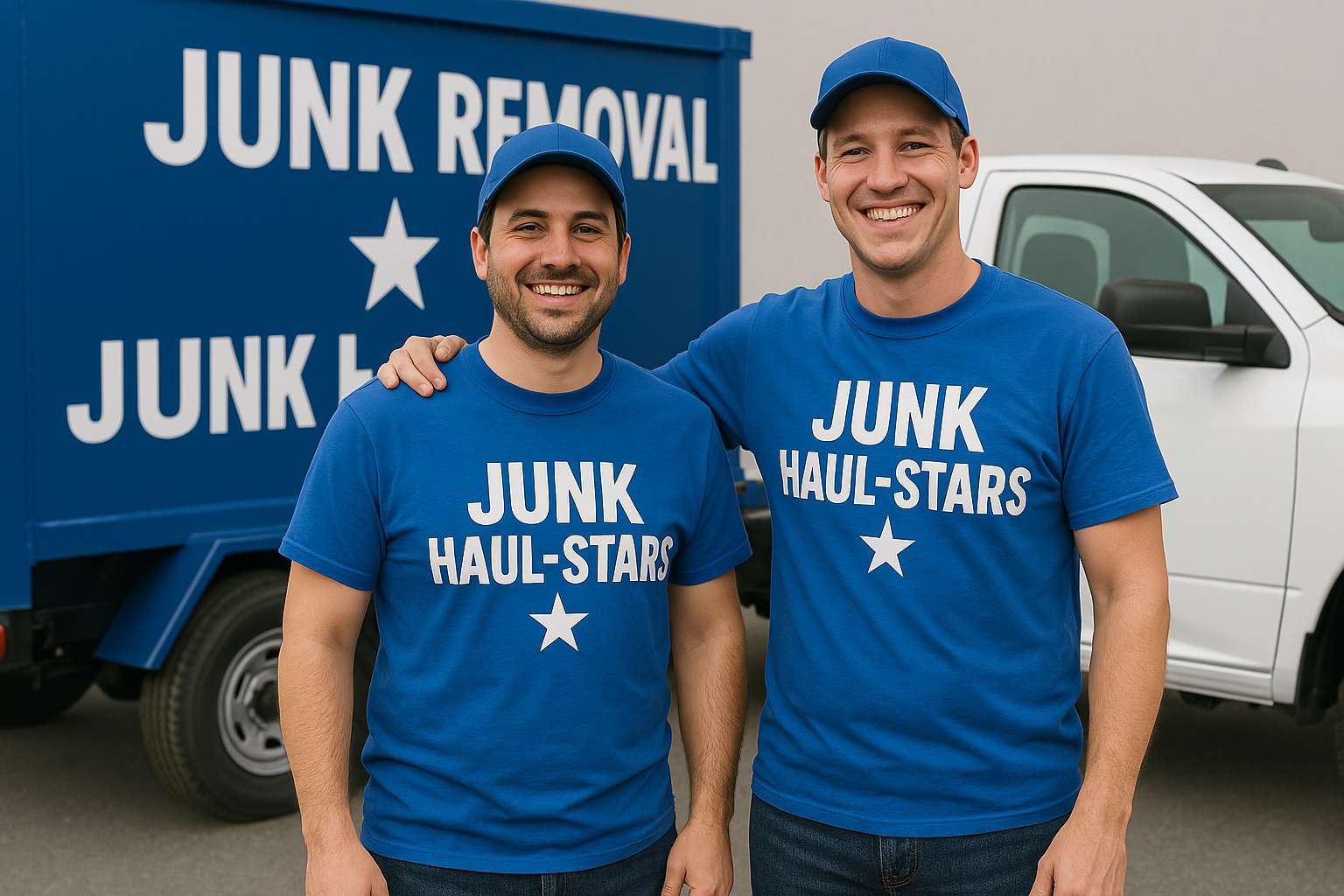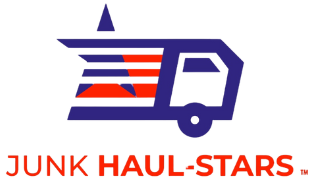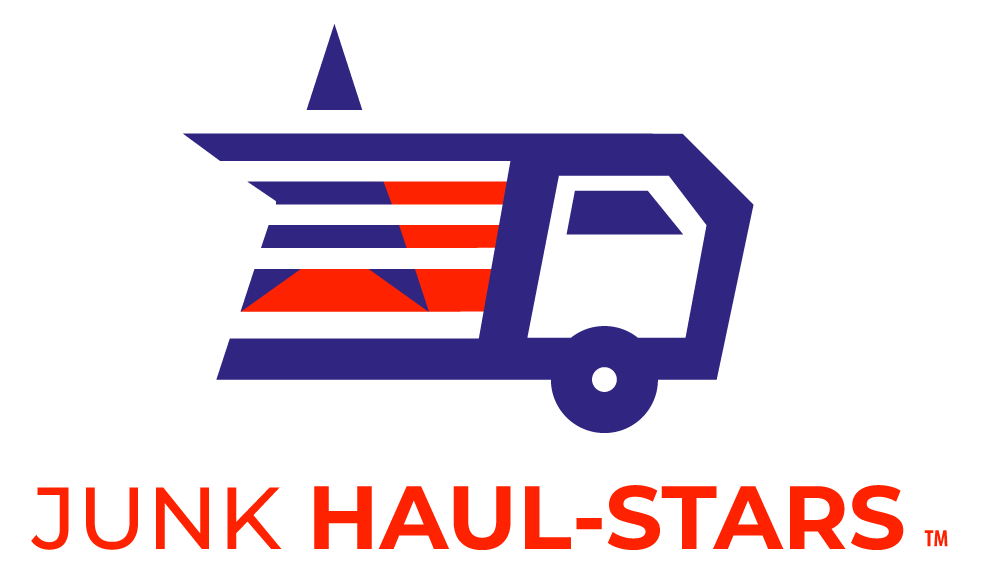Bridging the Gap: How Junk Haulers and Donation Centers Collaborate for Community Benefit
Bridging the Gap: How Junk Haulers and Donation Centers Collaborate for Community Benefit Chris D • March 10, 2025
In today's consumer-driven society, the accumulation of unwanted items is a common challenge. While disposing of these items might seem straightforward, many are still in usable condition and can serve a greater purpose. This is where the collaboration between junk haulers and donation centers becomes invaluable. By working together, they ensure that items are responsibly redirected to benefit those in need, promoting environmental sustainability and community welfare.
How the Partnership Works
The collaboration between junk haulers and donation centers typically follows a structured process:
- Item Assessment: Upon collection, haulers assess items to determine their condition and suitability for donation.
- Sorting and Allocation: Usable items are sorted and earmarked for specific charities based on the organizations' needs and acceptance criteria.
- Delivery to Donation Centers: Haulers transport the selected items to their partnered donation centers, ensuring they reach the intended beneficiaries.
- Documentation: Many haulers provide clients with donation receipts, which can be used for tax deduction purposes.
Benefits to the Community and Environment
This symbiotic relationship offers multiple advantages:
- Environmental Impact: By diverting items from landfills, this collaboration reduces waste and promotes recycling, contributing to a healthier planet.
- Community Support: Donation centers receive a steady influx of goods, which can be sold to fund charitable initiatives or directly provided to those in need.
- Convenience for Donors: Individuals and businesses can declutter responsibly without the logistical challenges of transporting items to multiple donation centers.
Challenges and Considerations
While the partnership is beneficial, certain challenges exist:
- Item Acceptance Policies: Not all items are suitable for donation. Haulers must be aware of each charity's acceptance criteria to avoid unnecessary transportation and potential disposal.
- Logistics and Costs: Coordinating pickups, sorting, and deliveries require resources. Some haulers may charge fees for donation pickups, especially if free services are unavailable in certain areas.
- Condition of Items: Only items in good condition are typically accepted for donation. Haulers and donors must ensure that items are clean and functional.
Conclusion
The collaboration between junk haulers and donation centers exemplifies how businesses can operate sustainably while supporting their communities. By facilitating the redirection of usable items from landfills to those in need, they play a pivotal role in promoting environmental responsibility and social welfare. As consumers, choosing such services ensures that our unwanted items continue to serve a purpose, embodying the adage: one person's trash is another's treasure.









